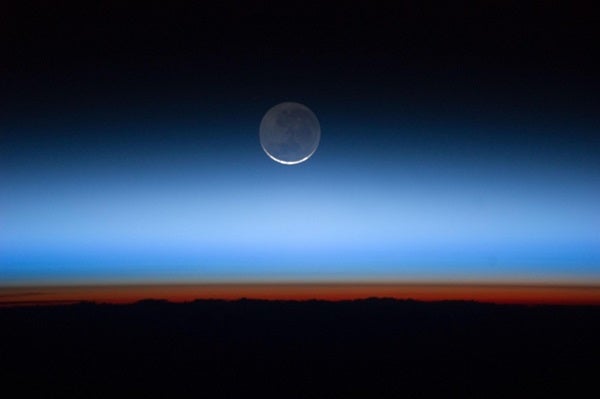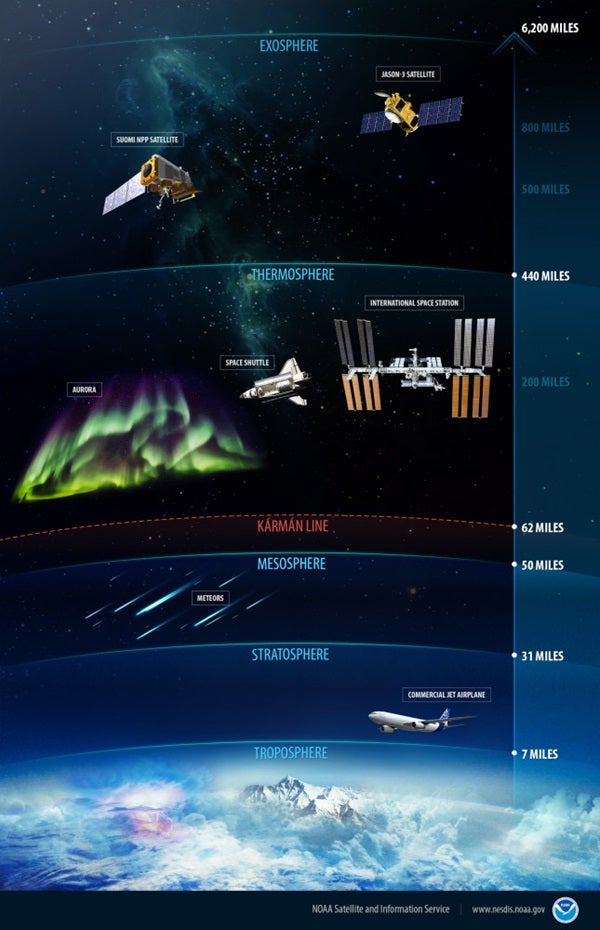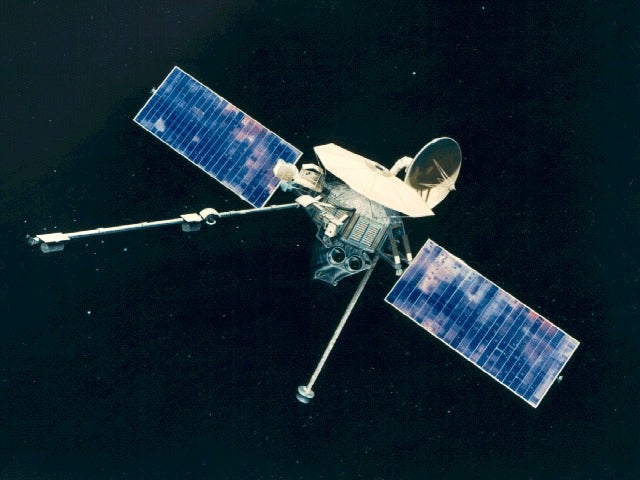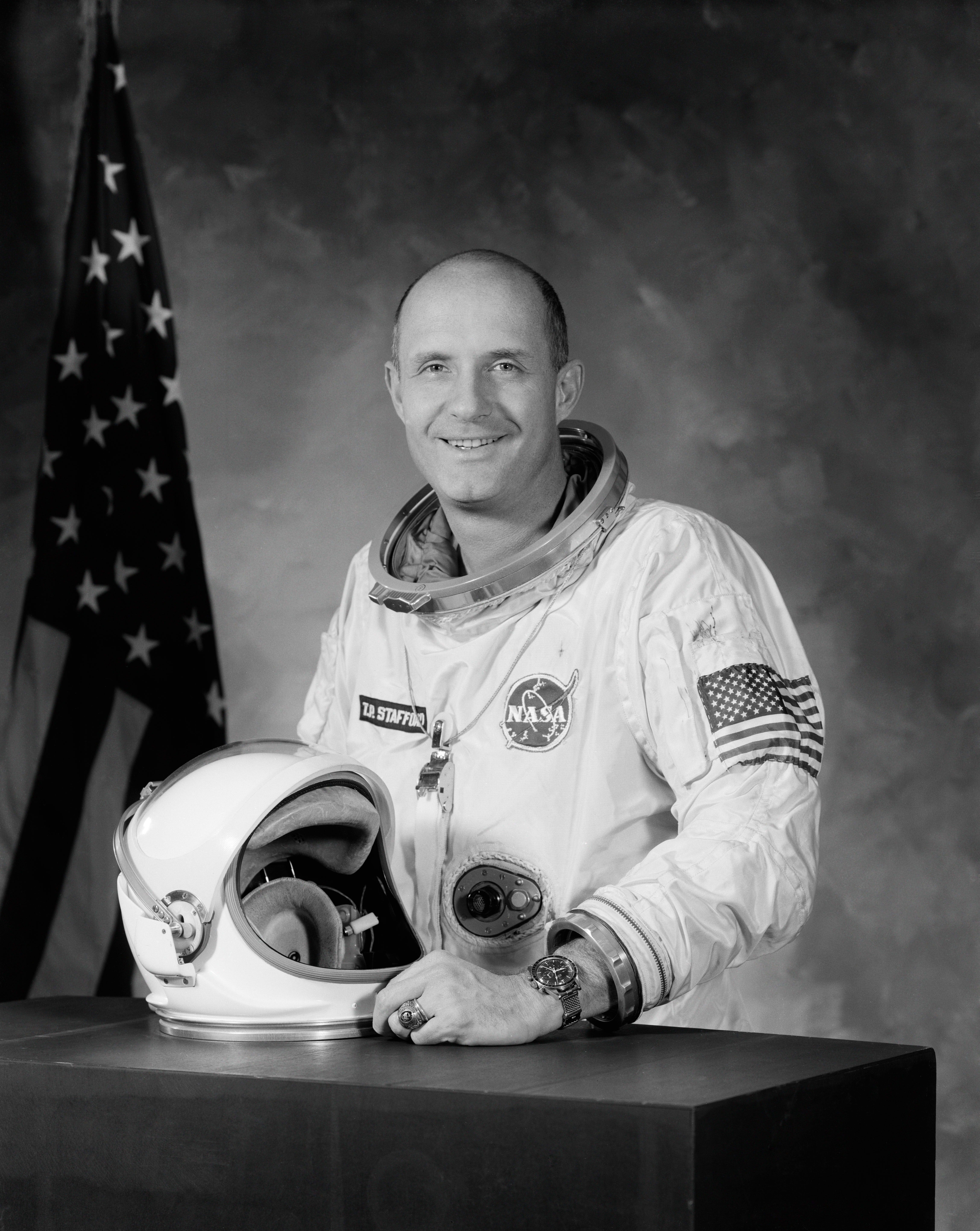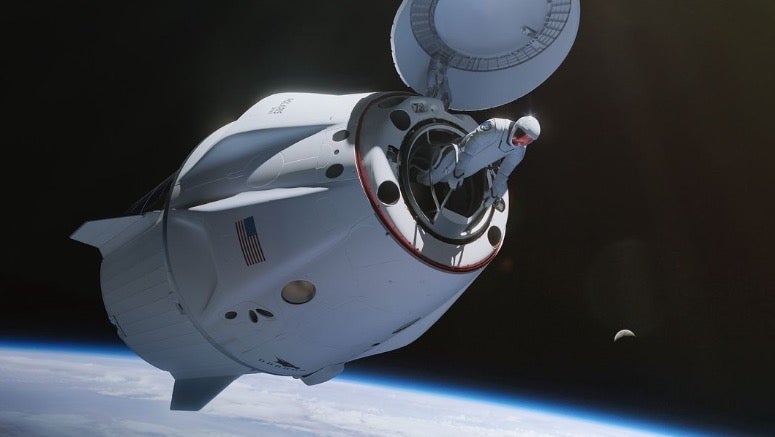What is the Kármán Line?
Experts have suggested the actual boundary between Earth and space lies anywhere from a mere 18.5 miles (30km) above the surface to more than a million miles (1.6 million km) away. However, for well over half a century, most — including regulatory bodies — have accepted something close to our current definition of the Kármán Line.
The Kármán line is based on physical reality in the sense that it roughly marks the altitude where traditional aircraft can no longer effectively fly. Anything traveling above the Kármán line needs a propulsion system that doesn’t rely on lift generated by Earth’s atmosphere — the air is simply too thin that high up. In other words, the Kármán line is where the physical laws governing a craft’s ability to fly shift.
However, the Kármán line is also where the human laws governing aircraft and spacecraft diverge. There are no national borders that extend to outer space; it’s governed more like international waters. So, settling on a boundary for space is about much more than the semantics of who gets to be called an astronaut.
The United Nations has historically accepted the Kármán line as the boundary of space. And while the U.S. government has been reticent to agree to a specific height, people who fly above an altitude of 60 miles (100 km) typically earn astronaut wings from the Federal Aviation Administration. Even the Ansari X-prize chose the Kármán line as the benchmark height required to win its $10 million prize, which was claimed when Burt Rutan’s SpaceShipOne became the first privately-built spacecraft to carry a crew back in 2004.
Origins: Theodore von Kármán
The Kármán line gets its name from Hungarian-born aerospace pioneer Theodore von Kármán. In the years around World War I, the engineer and physicist worked on early designs for helicopters, among other things.
Then, in 1930, von Kármán moved to the United States and became a go-to expert in rockets and supersonic flight around World War II. Eventually, in 1944, Kármán and his colleagues founded the Jet Propulsion Laboratory, now a preeminent NASA lab.
In addition to the boundary line of space, von Kármán’s name is attached to a number of engineering equations, laws, constants, and aerospace designs, as well as a handful of awards in the field. But the Kármán line is by far his most famous claim to fame, which he earned by being among the first to calculate the altitude above which aerodynamic lift could no longer keep an aircraft aloft.
Orbital flight plight: Aircraft vs. spacecraft
Lift is largely generated by an airplane’s wings as it flies through the air, creating a force that opposes the plane’s weight, keeping it airborne. But this concept doesn’t work in space. Without enough air, there’s no lift, which is why spaceships don’t usually resemble aircraft. (The Space Shuttle and Virgin Galactic’s SpaceShipTwo look a bit like planes because they were designed to glide back to a runway on Earth after venturing to space.)
Von Kármán suggested that the most reasonable edge of space would be near where orbital forces exceed aerodynamic ones. And, opting for a nice, round altitude, he decided that 100 kilometers (62 miles) was a good boundary.
Still, despite now having his name attached to the boundary of space, von Kármán himself never actually published this idea.
Alternative boundaries of space
The Kármán line is more of a “folk theorem,” according to spaceflight historian Jonathan McDowell, who published a paper on the subject in the journal Acta Astronautica back in 2018.
Folk theorems are usually described as well-known ideas in mathematics that weren’t published in their complete form. Von Kármán’s original work came out of a conference discussion, but the first fully-fledged publications on the boundary of space were done by Andrew Gallagher Haley — the world’s first practitioner of space law.
In the early 1960s, Haley applied von Kármán’s criteria (orbital forces exceeding aerodynamic ones) more specifically, determining the actual boundary of space is some 52 miles (84 km) above the ground, according to McDowell. This altitude corresponds with the mesopause, which is the outermost physical boundary of Earth’s atmosphere where meteors typically burn up. It’s also roughly the altitude that was used by the U.S. Air Force in the 1950s when it gave out astronaut wings to test pilots who flew over 50 miles (80 km) high.
In fact, if the Air Force specified the Kármán line as the defining boundary of space, it would strip astronaut wings from some of those earliest pioneering test pilots. That’s partly why some experts have argued for a return to the original definition of roughly 50 miles (80 km). From McDowell’s perspective, the lower altitude is also just more accurate. The boundary between Earth and space shouldn’t be arbitrary; it should be based on physics.
As von Kármán himself wrote in his posthumously published autobiography, The Wind and Beyond: “This is certainly a physical boundary, where aerodynamics stops and astronautics begins, and so I thought why should it not also be a jurisdictional boundary? … Below this line, space belongs to each country. Above this level, there would be free space.”

